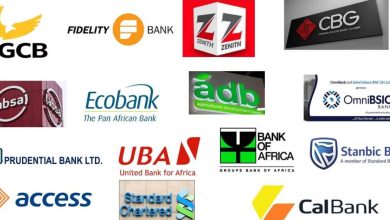Fuel prices to increase marginally – IES analysis

Local Fuel Market Performance
The price of fuel on the local market remained largely stable within the window under review. The price of petroleum products within the first Pricing-window of February 2021 saw few Oil Marketing Companies (OMCs) increasing their figures marginally close to the end of the window. The current national average price of fuel per litre at the pump is pegged at GH¢5.03.
For this Pricing-window, Zen Petroleum, Benab Oil, Petrosol, and Frimps Oil sold the least-priced fuel on the local market according to IES Market-Scan.
World Oil Market
For the window under assessment, the international benchmark, Brent crude price averaged about $58.59 per barrel mark representing a 5.09% increase from the previous window’s average price of $55.75 per barrel mark.
The Brent crude price increase is coming on the back of the tightening of markets due to recovering demand for oil products from, particularly China, which put slight pressure on supplies and created backwardation in the market.
Also, other factors include the compliance by members of OPEC+ towards their production cuts as announced last year, the voluntary additional cuts in production by Saudi Arabia, a member of OPEC+, an increase in crude prices as delivered to Europe by Saudi Arabia and Asia and lastly, the looming stimulus rollout in the United States.
Gasoline and Gasoil prices as monitored on Standard and Poor’s Global Platts platform show that price of the international commodities Gasoline and Gasoil experienced marginal increments.
Gasoline saw an increase in price by 4.82% to close the window at $526.75 per metric tonne from an earlier $502.50 per metric tonne.
Gasoil price also increased by 4.58% to close trading at $474.81 per metric tonne from $454.00 at the end of the second pricing window of January 2021.
Local Forex
Data collated by IES Economic Desk from the Foreign Exchange (Forex) market shows the Cedi improved on its stability against the U.S. Dollar by 0.17% trading at GH¢5.78 to the US Dollar.
Projections for January 2021 Second Pricing-Window
Due to factors including the 5.09% increase in the price of the International Benchmark- Brent crude, the 4.58% increase in the price of Gasoil, the 4.82% increase in Gasoline price, and the 0.17% marginal appreciation of the local currency against the US Dollar; the Institute for Energy Security (IES) projects for an increase in the price of fuel on the domestic market at the various pumps as we continue into, February 2021.
For the majority of OMCs that maintained their prices at the pump within the last window, we expect to see an increment in this window taking into consideration the international changes in prices over the period.
By: Fritz Moses (Research Analyst) IES
** The Thunder Gh News | News In Flash! here
Follow us on Twitter: @TheThunderGh
#TheThunderGhNews









